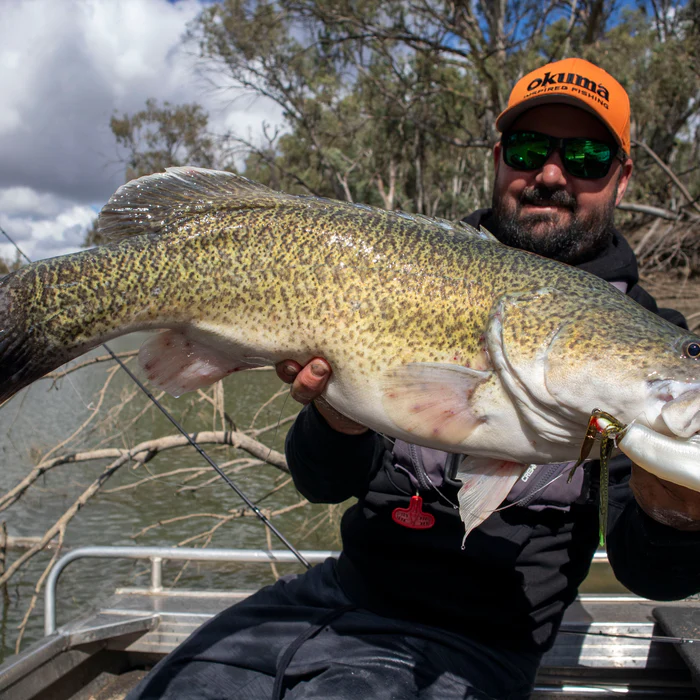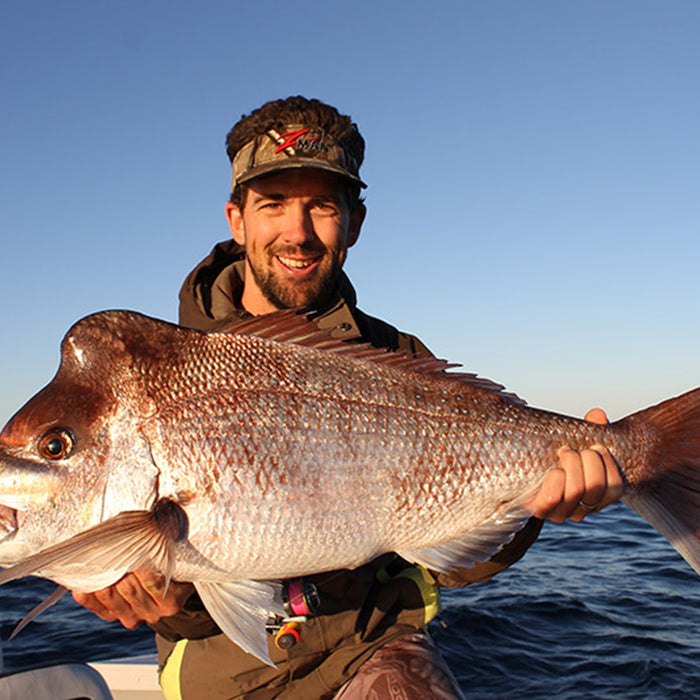
How to Fish Blade Lures
Blade lures are a versatile lure option that can be fished across a wide range of depths and environments, that appeal to a wide variety of fish species. In this article I want to take a closer look at blade lure design, a few different blades and their individual characteristics, where to fish blades, and effective retrieve techniques to get the bites.













